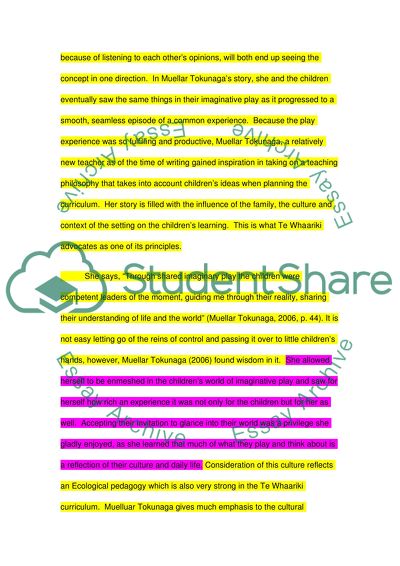Cite this document
(“New Zealand Early Childhood Education Learning Theories link with Essay”, n.d.)
Retrieved from https://studentshare.org/environmental-studies/1406875-new-zealand-early-childhood-education-learning
Retrieved from https://studentshare.org/environmental-studies/1406875-new-zealand-early-childhood-education-learning
(New Zealand Early Childhood Education Learning Theories Link With Essay)
https://studentshare.org/environmental-studies/1406875-new-zealand-early-childhood-education-learning.
https://studentshare.org/environmental-studies/1406875-new-zealand-early-childhood-education-learning.
“New Zealand Early Childhood Education Learning Theories Link With Essay”, n.d. https://studentshare.org/environmental-studies/1406875-new-zealand-early-childhood-education-learning.


